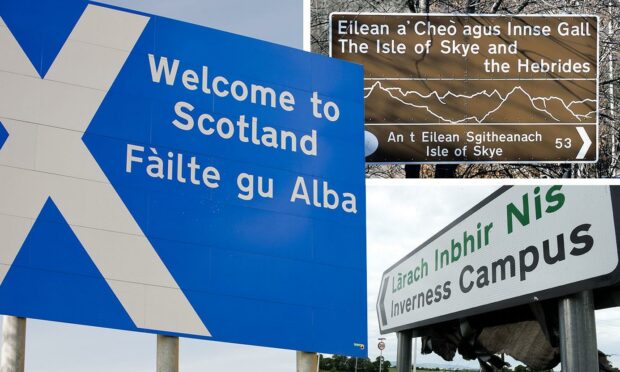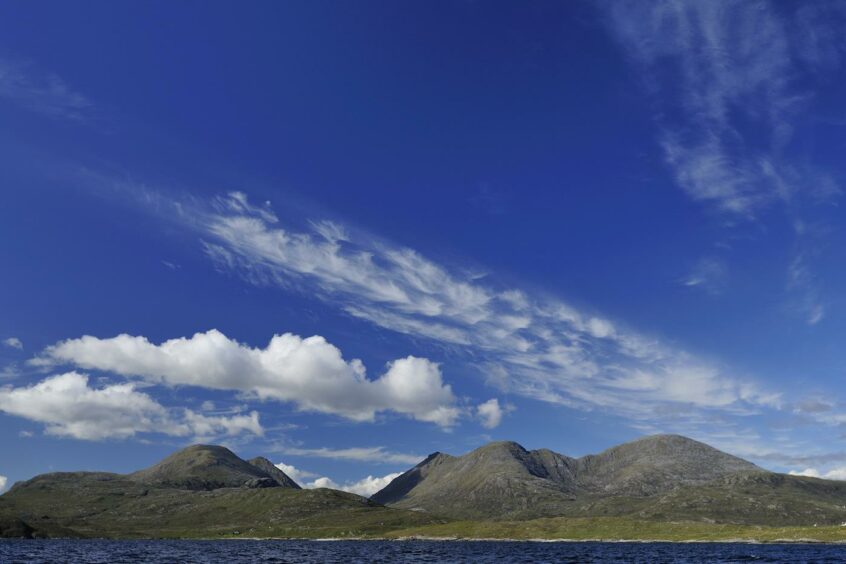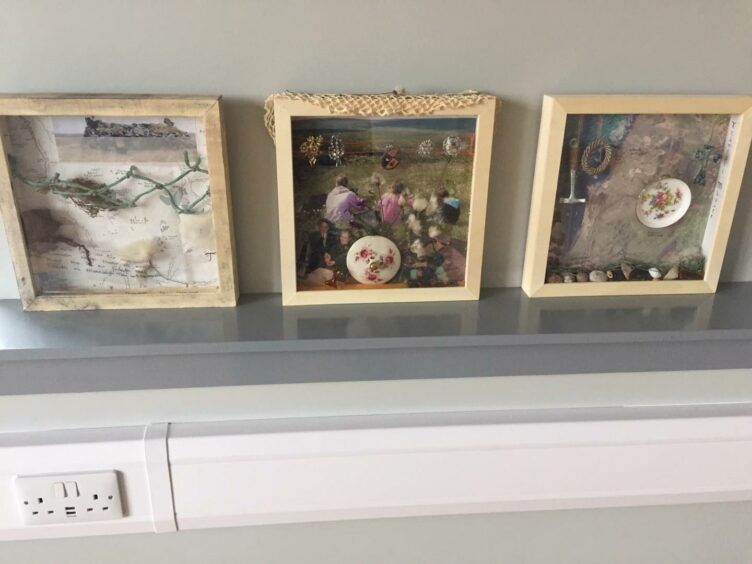Five community groups have been hand-picked to help promote Gaelic in some of Scotland’s island communities.
Community Land Scotland, with funding from Bord na Gaidhlig, has made the first round of awards from a new Gaelic Communities Fund pilot scheme.
The awards will encourage the use of Gaelic in their areas.
The five groups will have share a total of £49,500.
They will deliver a range of events and activities, many of them inter-generational, across Scotland’s islands including:
- creative classes
- a new festival
- delivery of food boxes to the vulnerable
- conversations, meetings, walks and a new Gaelic ranger service in the great outdoors
The successful community groups are:
- Bragar and Arnol Community Trust at Grinneabhat 2122 on the west of Lewis
- North Harris Trust
- Portree and Braes Community Trust on Skye
- Horshader Community Development on the west coast of Lewis
- Tiree Community Development Trust
What will the projects do?
Bragar and Arnol Community Trust has an ambitious programme to develop creative classes, deliver weekly food boxes to the vulnerable and create a new festival with events at Grinneabhat2122 with Gaelic speaking at the core of all activities.
North Harris Trust will develop a Gaelic medium ranger service with a focus on outdoor events for young people.
There will be with walking and environmental engagement activities for visitors too, which raise awareness of the local environment including an awareness that the language is living and breathing, being used in the daily lives of local people.
Portree and Braes Community Trust will run 2 – 3 events per week particularly targeted at children such as sporting events, classroom activities and youth clubs.
They will encourage use of spoken Gaelic in shops pubs and restaurants.
Horshader Community Development is organising community health and wellbeing events.
There will be ceilidhs and a photography exhibition where a positive image of the Gaelic language will be promoted.
Tiree Community Development Trust will run a series of new events including a pop-up lunch café which will offer their community engaging events to showcase Gaelic and to encourage people to use Gaelic with different people.
‘Community trusts deliver invaluable work’
The pilot fund was set up by Community Land Scotland, in collaboration with Bòrd na Gàidhlig, the principal body in Scotland responsible for promoting Gaelic development.
Chrissie Gillies, Gaelic development officer at Community Land Scotland, said: “The successful applicants are all democratically-run community trusts, with the skills, knowledge and experience to support the use of Gaelic in unique and innovative ways.
“The projects look at a variety of opportunities, including wellbeing and outdoor events, conversation groups, singing, and lots more.”
Community Land Scotland will shortly launch the second round of funding open to community land trusts and community heritage trusts in the Inner and Outer Hebrides who have ideas that would support the use of Gaelic in their areas.
Shona MacLennan, Ceannard, Bòrd na Gàidhlig, said: “Community trusts in the islands deliver invaluable work and the fund aims to ensure that Gaelic is used to increase Gaelic in their activities.
“The projects which have been funded will all contribute to the National Gaelic Language Plan aim that Gaelic is used more often, by more people and in more situations.”


